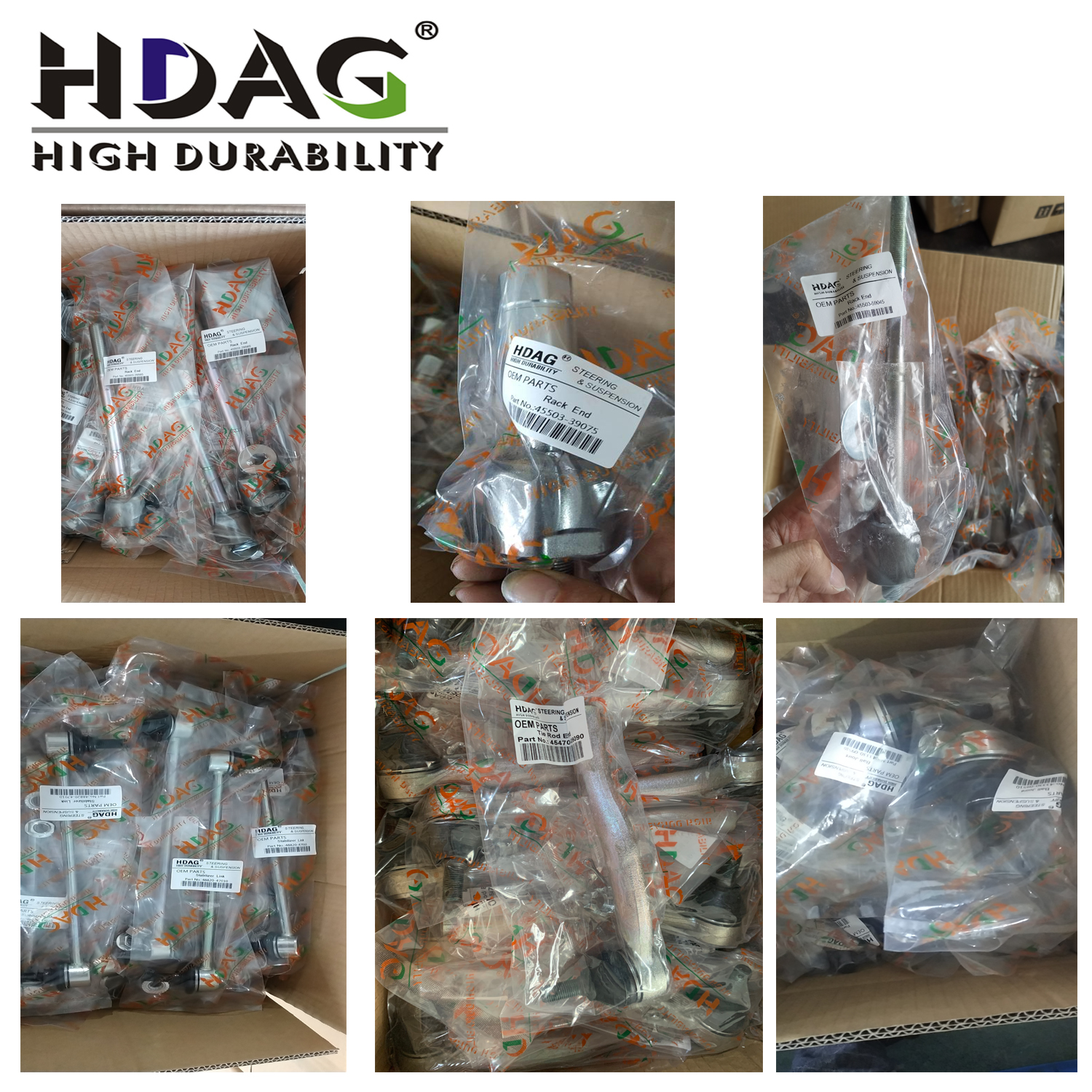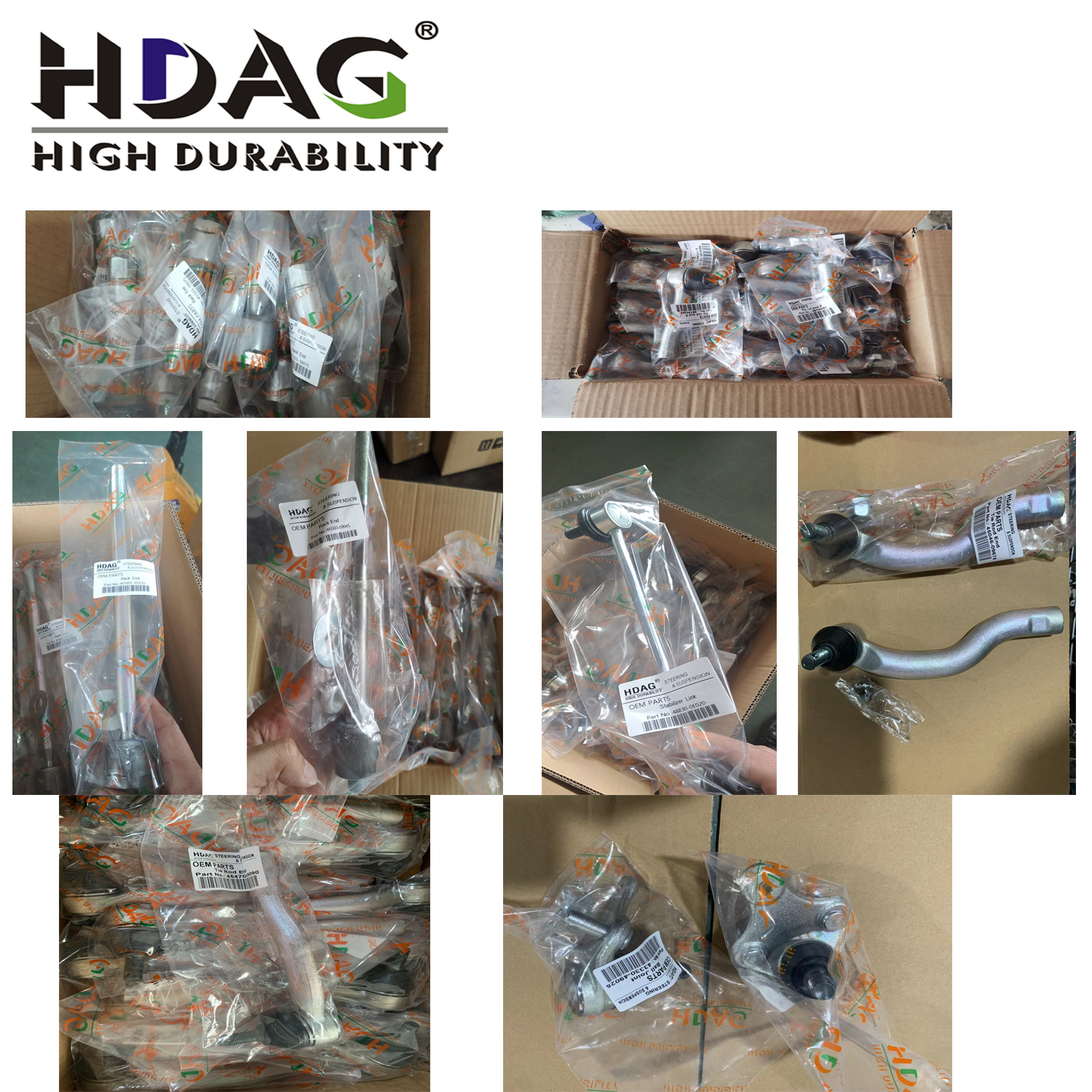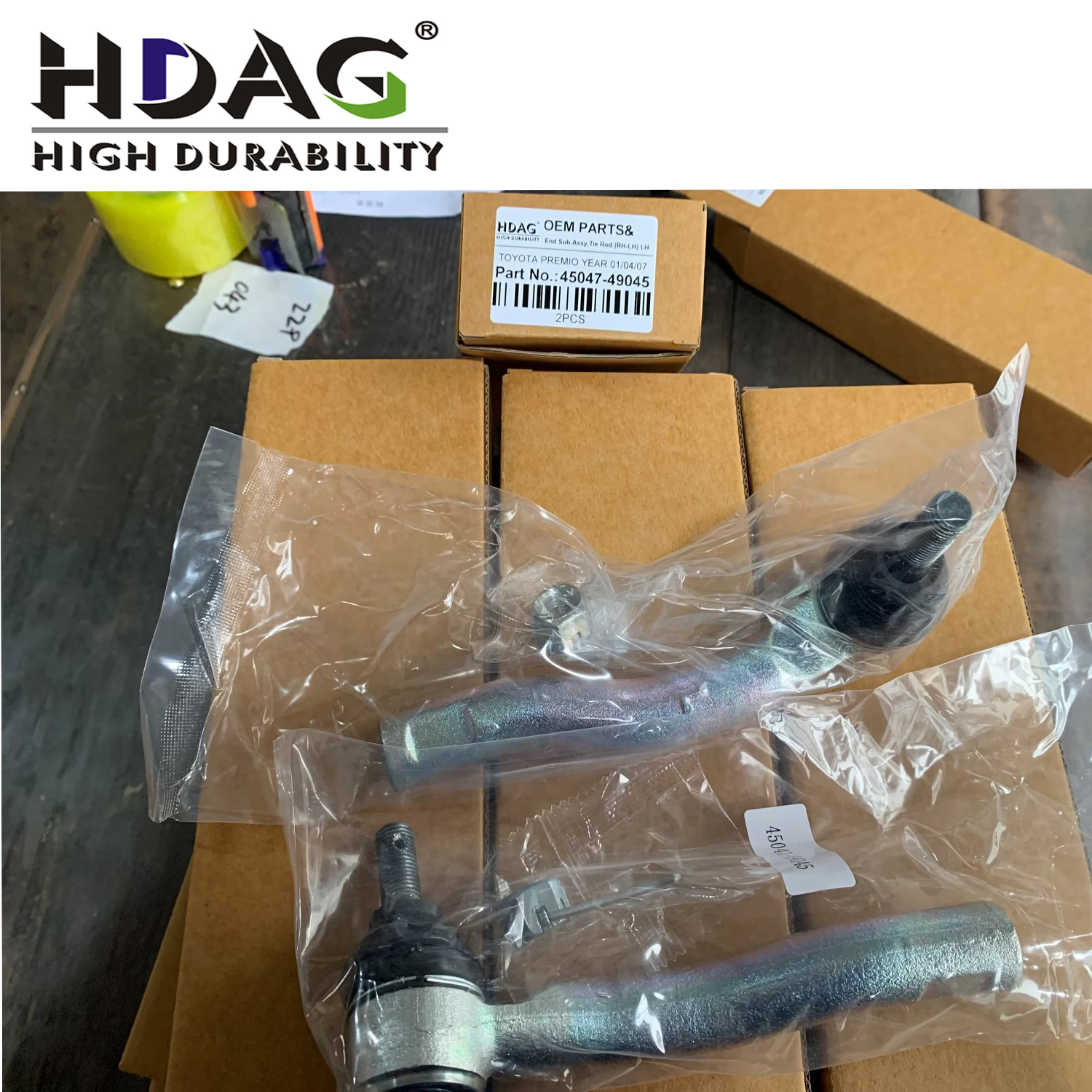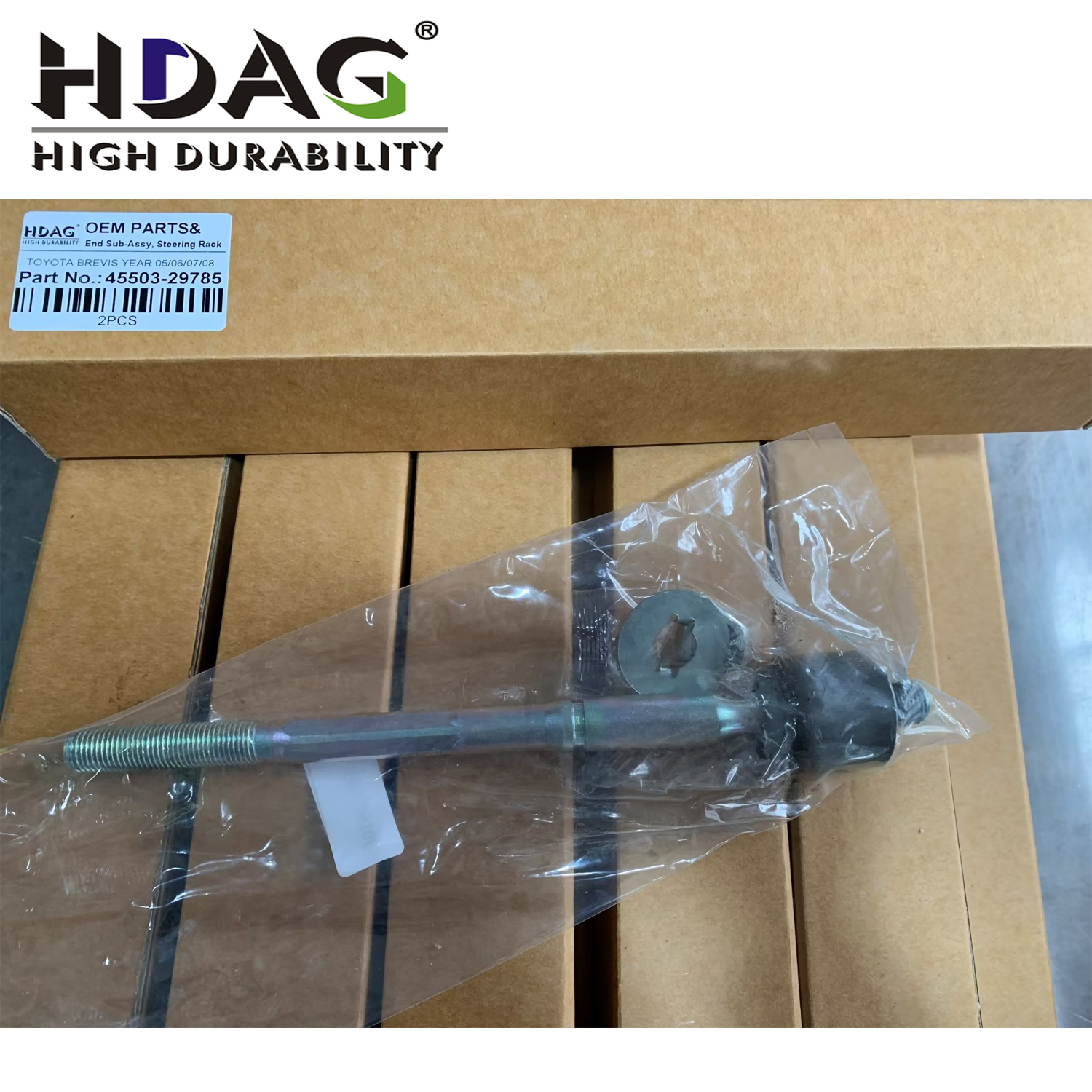- Strong technical forceIndependent design, production and sales of plastic mold
- Professional
teamProfessional product development team has strong development capabilities - Quality
assuranceUsing high-quality raw materials, the product qualification rate reaches 100% - After sales
serviceThe professional service team will answer your questions 24 hours a day, 7 days a week.
About Dongna
关于东纳
Taizhou Dongna Mechanical&Electrical Co., Ltd with two manufacturing bases in Yuhuan, Zhejiang province, which is professional manufacturer of steering and suspension parts since 2002. The company’s rapid growth over quite years attributed to Competitive prices, Constant range development and Guaranteed quality. DONGNA specially pays much more attention to establish powerful RD&QC team under new international certification of ISO9001 and TS16949. With purpose of meeting international market demand, We have manufactured over hundreds and thousands of different parts such as steering rack, tie rod end, ball joint, rack end, stabilizer link, control arm, center link as well as Drive shaft, CV joint,Wheel hub. Covering LADA, Toyota, Honda, Nissan,Mazda, Mitsubishi, Suzuki, Hyundai, Kia, Peugeot, Renault, Opel, VW, Benz, Bmw, Ford, Chrysler, chevrolet, Geely, Chery, Great wall, Changan,BYD etc., Widely exported to Russia, Ukraine, Brazil, USA, Germany, Italy, Mexico, South America, South africa, Middle east and other European markets and southeast asia countries. Our business principle and target: “Top service”,“Attractive price”,“satisfying products” to our clients. We sincerely hope to bring you WIN-WIN and cooperate with customers all over the world. Thanks for Your believing and choosing us…
Product Center
产品中心
News Center
新闻中心
-
102024-09
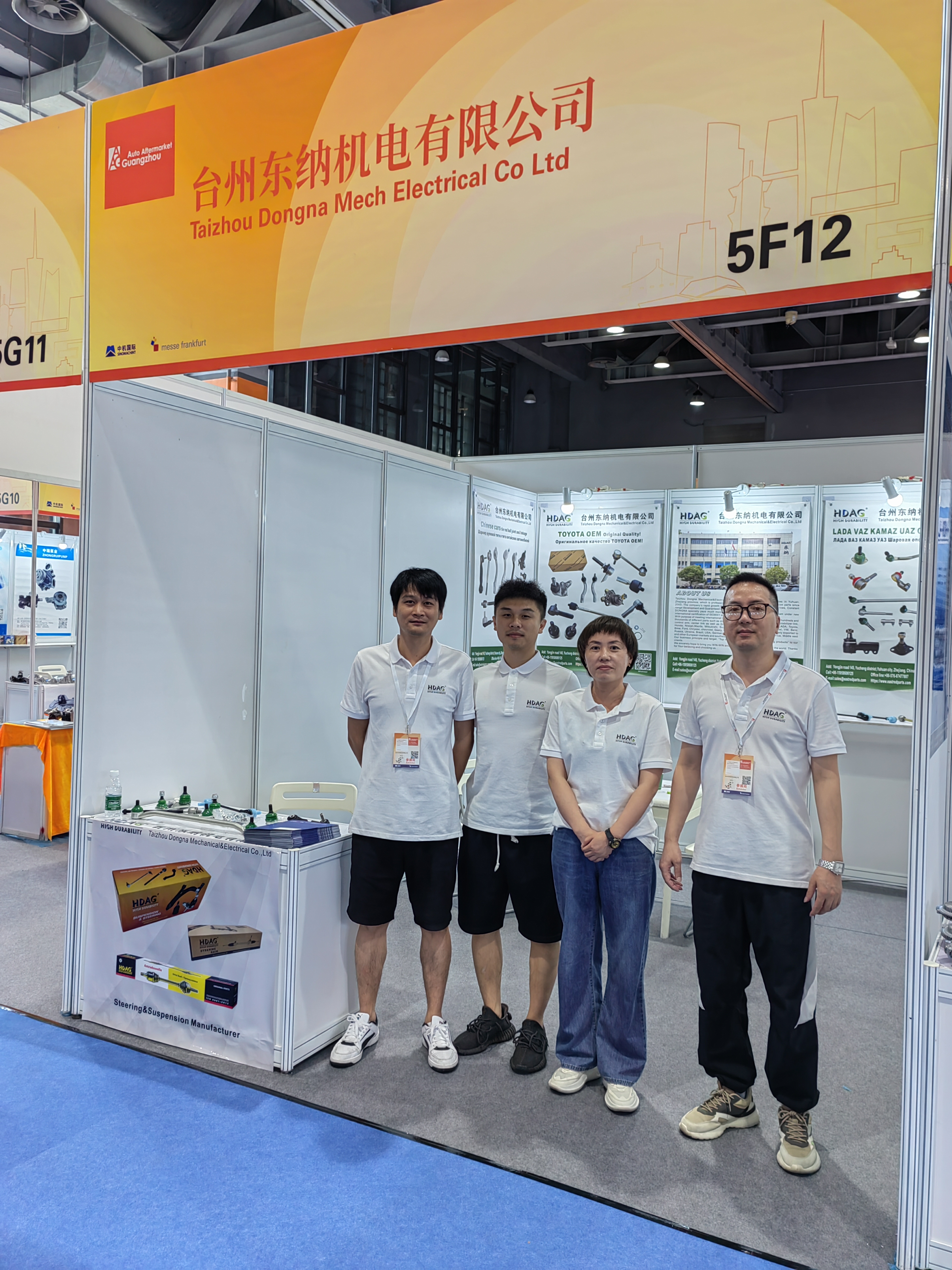 TAIZHOU DONGNA AAG Mess frankfurt, 28th-30th AUGUST 2024TAIZHOU DONGNA AAG Mess frankfurt, 28th-30th ...
TAIZHOU DONGNA AAG Mess frankfurt, 28th-30th AUGUST 2024TAIZHOU DONGNA AAG Mess frankfurt, 28th-30th ... -
102024-08HDAG oem steering suspension tie rod ball jointHDAG oem steering suspension tie rod ball joi...
-
102024-08
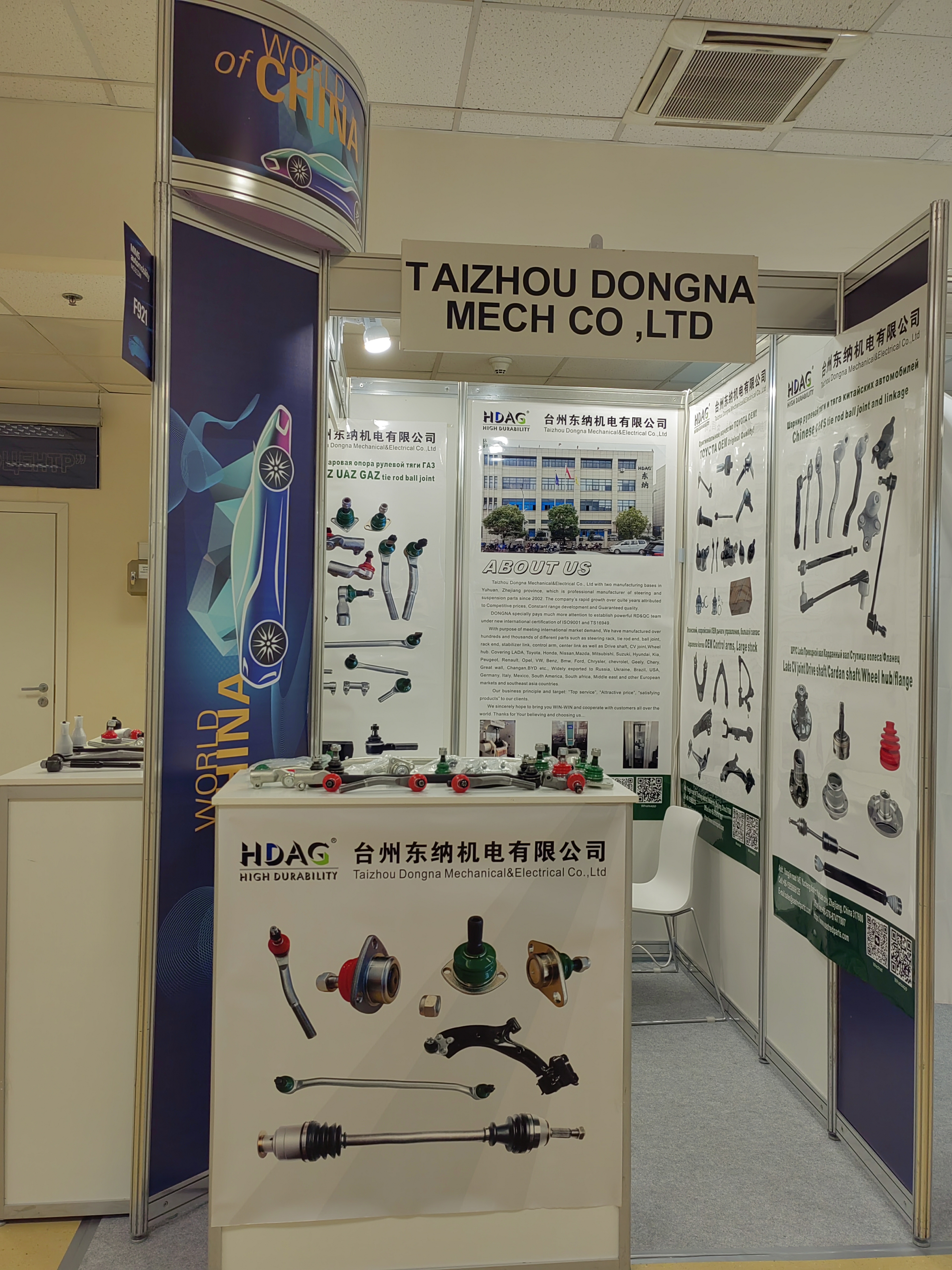 TAIZHOU DONGNA MIMS AUTOMOBILITY 2024Warmly welcome to visit our booth F921,Pavili...
TAIZHOU DONGNA MIMS AUTOMOBILITY 2024Warmly welcome to visit our booth F921,Pavili...
Customer Cases
客户案例
Copyright © 2018 台州东纳机电有限公司
技术支持:诚世网络







